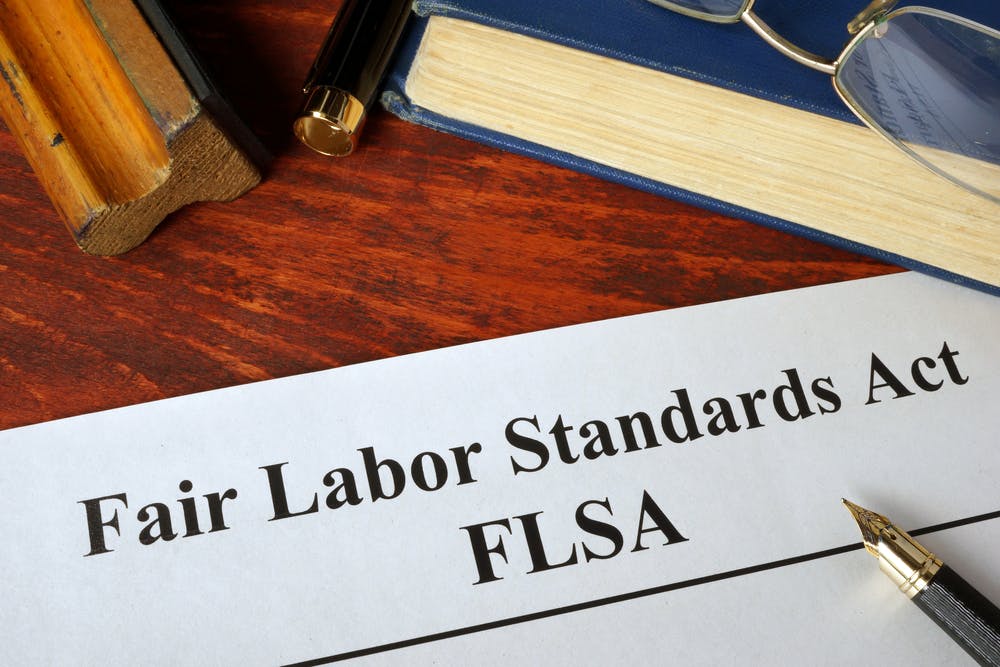This spring, an estimated four million Americans became eligible for overtime pay, with a new overtime rule doubling the salary threshold to automatic time-and-a-half compensation from $23,660 to $47,476.
Yet this rule is now in jeopardy, thanks to a federal judge ruling before Thanksgiving that the Department of Labor did not have the authority to implement the changes to the Fair Labor Standards Act that were to go into effect today.
The injunction leaves many HR executives and senior leaders in a state of confusion and frustration, particularly as most businesses have toiled for months to prepare for the rule – including evaluating employee salaries, communicating changes to reclassified workers, and investing in professional advice, time tracking systems and processes.
With these changes, it may be tempting to renege on salary adjustments to employees to save on labor costs, however this also runs the risk of plummeting employee morale. Whatever approach you take – whether it’s postponing your decision or maintaining raises – the most critical piece is in clear and open dialogue with your employees about how the policy changes will affect them.
Act now
Despite uncertainty around the final overtime rules, it’s best to proactively communicate the latest updates on the rules to your employee before they start to ask questions about how they will be affected. Be upfront with your employees if you are uncertain about how your company will handle the news; it’s okay to let employees know that some answers are still pending. Let your employees know you are currently evaluating the impact, and will notify them once you’ve considered the options.
Prepare clear messages and responses
What you convey to your employees will not only help them understand the changes, but it can also shape their perceptions about you as an employer. Think about the language you use and what you want to emphasize when talking to employees. When considering your employee’s concerns, you should clearly explain the fundamentals: details of the latest news, what it means for them, what the business plans to do, and who they can approach for further questions. As is true for any type of communication, it’s about tailoring your discussions to your workforce, and getting in front of them to answer what matters most to them.
Arrange one-on-one time
Some workers who were to become non-exempt employees today when the rules were to take effect, may be harboring mixed feelings. Some may be disappointed at the loss of expected overtime pay, while at the same time feeling a loss of status, perhaps a loss, too, of flexibility at the prospect of being reclassified.
For these affected employees, you may want to consider arranging face-to-face meetings to further discuss the overtime rule and their specific situation. During this time, be respectful to the employee during the discussion, let them know that whatever changes had been planned were in no way related to their performance. Share the message about how all jobs – whether non-exempt or exempt – contribute to the organization’s overall success.
The reality is that for some employers, allaying concerns from employees may prove difficult. Let them know that, at least for now, the court has ordered no change in the status quo.
While the outcome of the DOL’s overtime rule is still murky, what’s clear is that there is no one-size-fits-all path for each workplace. For every business, it’s about determining the right balance in identifying the least disruptive approach while giving providing room to adapt to the final ruling. The reality is that wage and hour regulations can and do change at the local, state, and federal levels.
